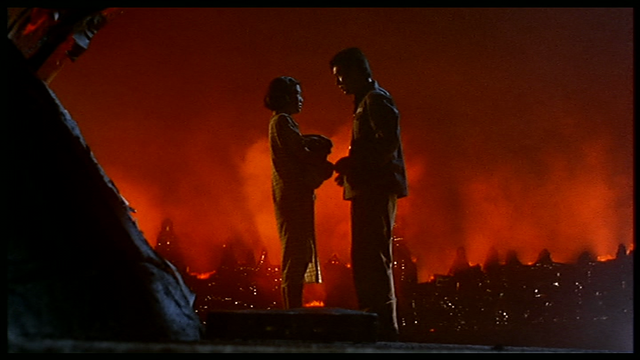A restored version of Tsui Hark’s 1984 film Shanghai Blues premiered at the Cannes Classics this year, commemorating the 40th anniversary of the film. The gorgeous restoration was a huge success while playing to a packed screening at the Buñuel theater and is one of the best looking restorations to appear as part of Cannes Classics this year.
Shanghai Blues is the first film to be produced by Tsui’s company Film Workshop, who also produced the 4K restoration that premiered at the festival. Tsui was a successful producer and director leading up to the creation of Film Workshop and wanted to create a company to produce films that allowed Asian filmmakers to be artistically independent while still being commercially viable. Film Workshop has been an undeniable success since its creation, producing world renowned classics like John Woo’s The Killer and the Once Upon a Time in China franchise that vaulted Jet Li to worldwide movie stardom.
Tsui and Film Workshop co-founder Nansun Shi oversaw the restoration of the film in collaboration with the Italian restoration laboratory L’Immagine Ritrovata. L’Immagine Ritrovata’s work was all over the Cannes Classics programming this year, as they contributed to restorations of Abel Gance’s Napoléon, Jacques Demy’s Umbrellas of Cherbourg, Robert Bresson’s Army of Shadows, and Jacques de Baroncelli’s The Sea Rose that all played during the festival. The 4K that screened at Cannes was a restoration of the original negative, and is full of gorgeously restored color and lighting.
The film starts in 1937 with a soldier named Tung meeting a young woman Shu under a bridge during an air raid – and the striking orange light of the city ablaze with the pair silhouetted in the foreground sets the tone for the visual marvel to come. The two can’t see each other’s faces, but are immediately attracted to one another and promise to meet back under the same bridge when the war is over. Ten years later Tung is a songwriter while Shu is a showgirl in a nightclub. A young woman named Stool who has just moved into town runs into Shu and forms a sisterly bond with her before Shu takes Stool into her home. Soon Tung moves into their upstairs apartment and the love triangle that sets off the slapstick hilarity of the film is underway.
It is here where the restoration shines, as the film’s dialogue and music take the foreground. A new dub for the film features each character speaking in their native languages of Cantonese, Mandarin, and Shanghainese while an improved English subtitle added context to the dialogue. The film’s sight gags are its shining moments but the comedic dialogue worked incredibly well too, and the performances stand out even more than the original version. The slapstick and striking colors are reminiscent of Old Hollywood, while Tsui’s personal touch and blend of style add an unmistakable uniqueness to the film.The soundtrack also received a remix for the new restoration by Hong Kong post production studio One Cool Sound. The music takes center stage during moments of Shanghai Blues thanks to a brilliant new mix, especially during the final scene of the film. As Tung’s titular song is played on the radio for the first time he storms through a crowded train to catch Shu before she moves away. The beautiful song adds to the emotional resonance of the film’s incredible ending as they embrace on the train.
Tsui’s genre fluidity is on full display as he pulls off a hilariously heartwarming slapstick rom-com. His camera movement and blocking are exquisite, never better than a sequence in the middle of the film where three characters are in Tung’s apartment all trying to avoid being seen by the others. And as Stool accidentally stumbles into a calendar girl contest with dangerous implications – his tonal balance and genre blending is exquisite as he crafts perfect sight gags.
This is due in no small part to a titanic comedic performance by Sally Yeh. Her facial expressions are comic gold as Tsui puts her in increasingly dire situations of dramatic irony, and her physical comedy and movement is perfectly suited to the film’s rapidly changing tone. She plays Stool’s naivety to perfection for the first two acts making the ending of the film a bittersweet one as she ends up as the odd woman out of the love triangle. But in Tsui’s depiction of post-war Shanghai, all three characters are drifters looking for refuge in a new world. As Stool steps into Shu’s older sister-like role at the end of the film she finally gets what she has been searching for.
The new release of Shanghai Blues is a marvel of restoration – and a worthy tribute to an influential filmmaker and a production company that championed Asian cinema. From its improved colors and clarity to its reworked dialogue the improvements made to the film are a testament to the importance of film preservation. Tsui’s comedy is well worth seeking out when the 4K plays in repertory theaters, and should be enjoyed amongst a hearty laughing audience like the one at Cannes Classics this year.

